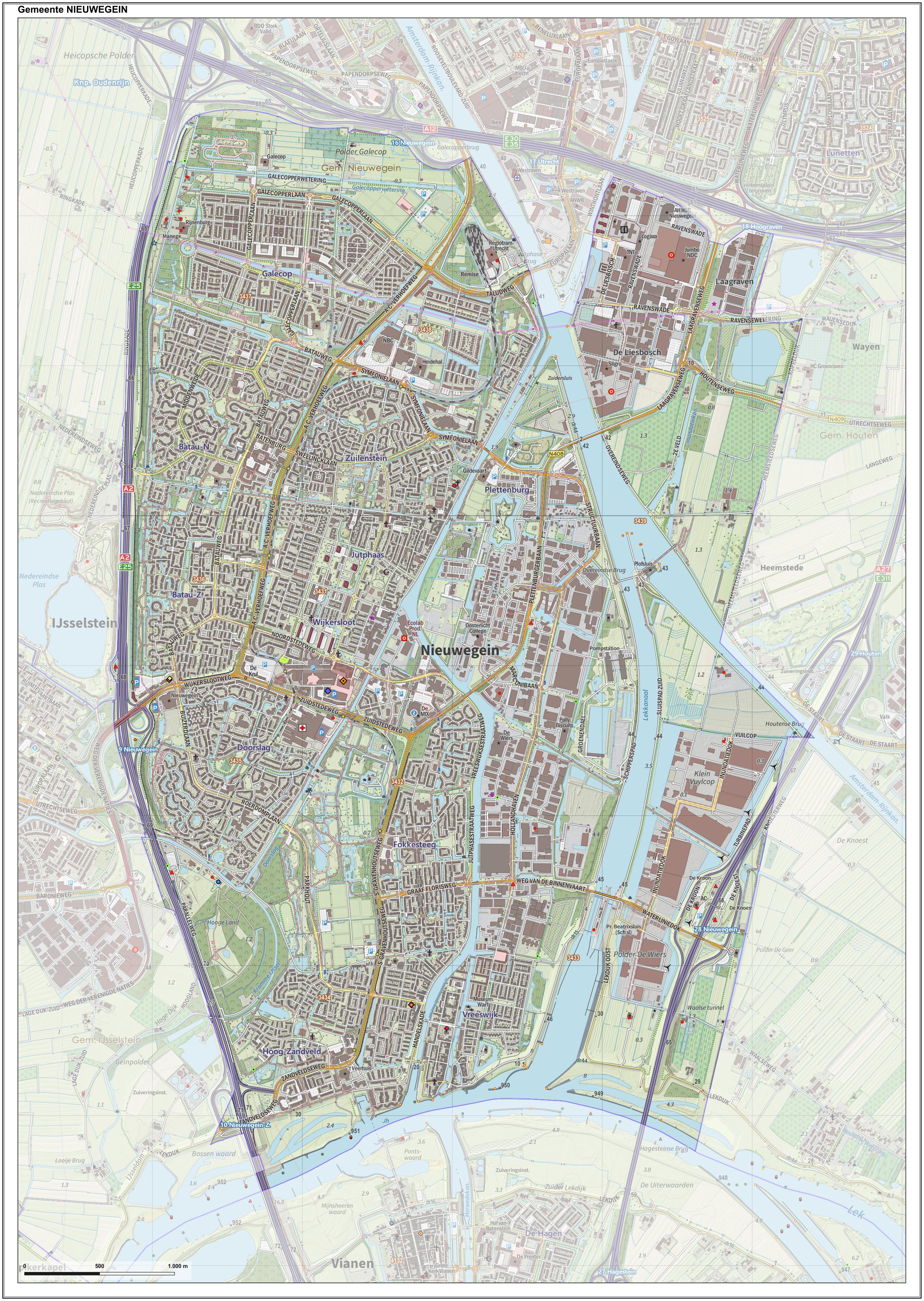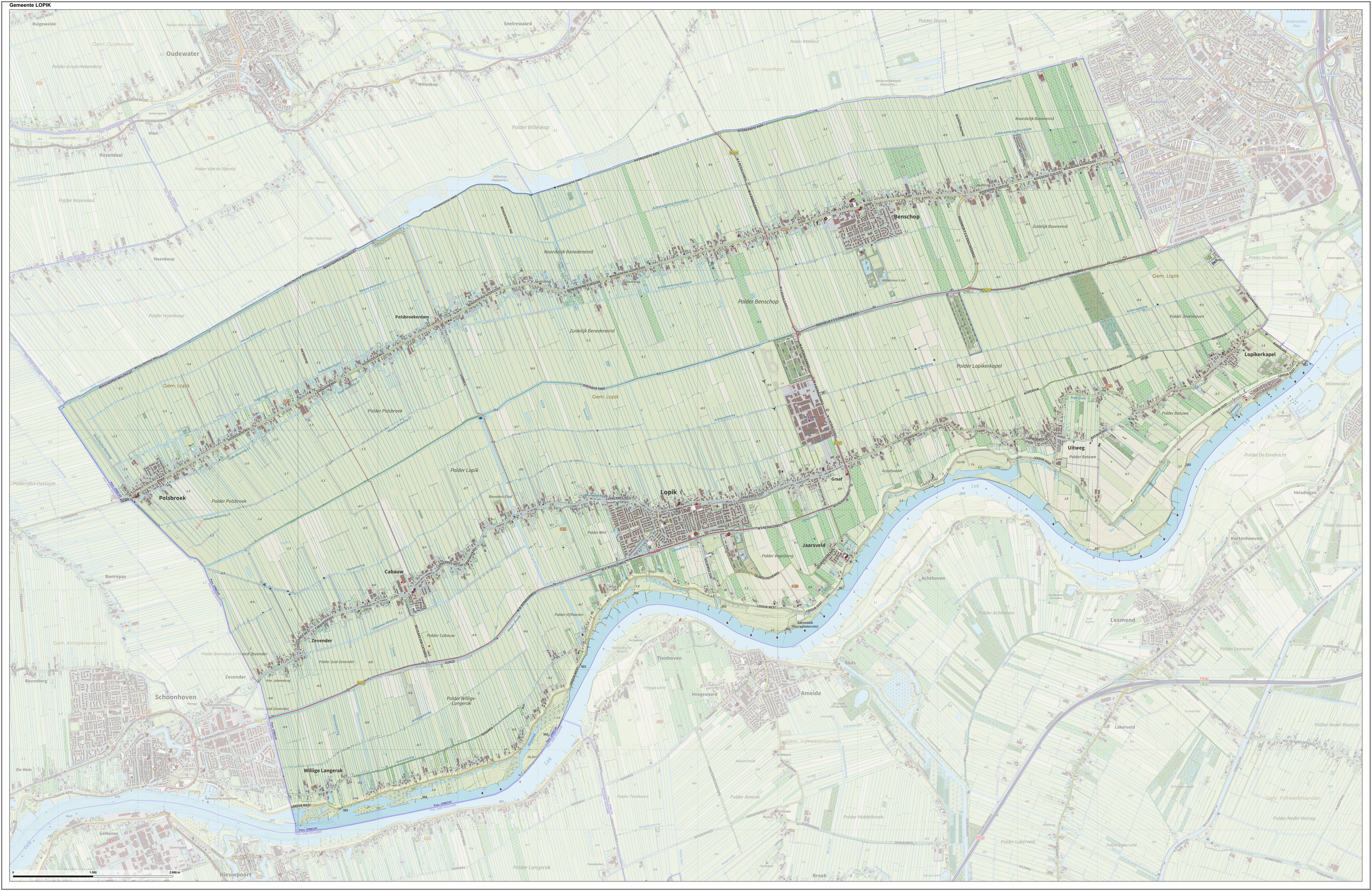|
IJsselstein
IJsselstein () is a municipality and a city in the Netherlands, in the province of Utrecht. IJsselstein received city rights in 1331. IJsselstein owes its name to the river Hollandse IJssel which flows through the city. It is a major commuting suburb for the Utrecht area, along with neighbouring towns Houten and Nieuwegein (in part due to the '' Sneltram'' light rail line serving the area). It's surrounded by the municipalities of Utrecht, Montfoort, Lopik, Vijfheerenlanden and Nieuwegein. Sights The city has an old town, surrounded by a small canal. A castle stood in IJsselstein from 1300 to 1888; the tower survived. The city has two large churches, both named after St. Nicholas: the Dutch Reformed Nicolaas church, founded in 1310, and a Roman Catholic one. Inside the Protestant church there are two mausoleums; one of the family of Gijsbrecht van Amstel (1350) and another one of (1475). The catholic basilica of St. Nicolaas dates from 1887 and is neo-gothic. It was given ... [...More Info...] [...Related Items...] OR: [Wikipedia] [Google] [Baidu] |
Utrecht Sneltram
External links * Bestuur Regio Utrechtis the public transportation authority in the Utrecht region Regiotram Utrechtmanages tram system assets U-OVis the website for public transport in Utrecht Qbuzzoperates trams and buses on behalf of Bestuur Regio Utrecht * published 3 July 2020 * * * {{coord, 52.0092, N, 5.0383, E, source:wikidata, display=title 1983 establishments in the Netherlands Light rail in the Netherlands Tram transport in the Netherlands Railway lines opened in 1983 Transport in Utrecht (province) Rail transport in Utrecht (city) Nieuwegein IJsselstein ... [...More Info...] [...Related Items...] OR: [Wikipedia] [Google] [Baidu] |
Gijsbrecht Van Amstel
The van Amstel family ( nl, Heren van Amstel) was an influential dynasty in the medieval Netherlands from the twelfth until the fourteenth century. The family developed the Amstelland and held the stewardship in the ecclesiastical districts in the northwest of the Nedersticht (largely the current province) of Utrecht, first in the name of the bishop of Utrecht and later the count of Holland. History Wolfger van Amstel is named in 1105 as a '' scultetus'' (bailiff) of Amestelle (Amstelland). His son Egbert built a small castle or keep (actually more just a fortified manor house) in Ouderkerk aan de Amstel, probably on the spot where the Sefardi cemetery Beth Haim was later sited. In 1204, this building was destroyed by the invading Kennemers. Gijsbrecht II was named the first dominus (lord) of Amestelle in 1226, but came into conflict with the bishop of Utrecht and was led captive into the city of Utrecht behind a horse in 1252. Arnoud of Amstel, a son of Gijsbrecht III, ... [...More Info...] [...Related Items...] OR: [Wikipedia] [Google] [Baidu] |
Nieuwegein
Nieuwegein () is a municipality and city in the Dutch province of Utrecht. It is bordered on the north by the city of Utrecht, the provincial capital. It is separated from Vianen to the south by the river Lek and borders on IJsselstein in the southwest and Houten in the east. Nieuwegein has 64,606 inhabitants as of 1 December 2021. Several national sports federations are housed in Nieuwegein, including the NeVoBo (volleyball), KNZB (swimming), NBb (basketball) and KNCB (cricket). There are three main secondary schools in the city, including the Anna van Rijn College, Oosterlicht College and the Cals College. History Nieuwegein was founded on 1 July 1971 as a planned city, following the merger of the former municipalities of Jutphaas and Vreeswijk. The new town was built for the expanding population of the city of Utrecht, and grew rapidly during the decades following its foundation. In the area between Jutphaas and Vreeswijk there used to be a settlement called Geyn ... [...More Info...] [...Related Items...] OR: [Wikipedia] [Google] [Baidu] |
Utrecht (city)
Utrecht ( , , ) is the fourth-largest city and a municipality of the Netherlands, capital and most populous city of the province of Utrecht. It is located in the eastern corner of the Randstad conurbation, in the very centre of mainland Netherlands, about 35 km south east of the capital Amsterdam and 45 km north east of Rotterdam. It has a population of 361,966 as of 1 December 2021. Utrecht's ancient city centre features many buildings and structures, several dating as far back as the High Middle Ages. It has been the religious centre of the Netherlands since the 8th century. It was the most important city in the Netherlands until the Dutch Golden Age, when it was surpassed by Amsterdam as the country's cultural centre and most populous city. Utrecht is home to Utrecht University, the largest university in the Netherlands, as well as several other institutions of higher education. Due to its central position within the country, it is an important hub for both rail and ... [...More Info...] [...Related Items...] OR: [Wikipedia] [Google] [Baidu] |
List Of Municipalities Of The Netherlands
As of 24 March 2022, there are 344 municipalities ( nl, gemeenten) and three special municipalities () in the Netherlands. The latter is the status of three of the six island territories that make up the Dutch Caribbean. Municipalities are the second-level administrative division, or public bodies (), in the Netherlands and are subdivisions of their respective provinces. Their duties are delegated to them by the central government and they are ruled by a municipal council that is elected every four years. Municipal mergers have reduced the total number of municipalities by two-thirds since the first official boundaries were created in the mid 19th century. Municipalities themselves are informally subdivided into districts and neighbourhoods for administrative and statistical purposes. These municipalities come in a wide range of sizes, Westervoort is the smallest with a land area of and Súdwest-Fryslân the largest with a land area of . Schiermonnikoog is both the least ... [...More Info...] [...Related Items...] OR: [Wikipedia] [Google] [Baidu] |
Lopik
Lopik () is a municipality and a town in the Netherlands, in the province of Utrecht, close to the Lek river. History Lopik lies within the Lopikerwaard region, which used to be occupied by swamps and forests until the area was cultivated in the eleventh century. Lopik was first mentioned as "Lobeke" in 1155 CE. Most of the population settled along the canals that were used for transport and drainage (and which are still used for the latter purpose). It was not until after World War II that villages in the area were expanded beyond the original ribbons of buildings, and Lopik remains a well-known example of a linear settlement within the Netherlands. In the Netherlands, "Lopik" is often used as a reference to the broadcasting facilities located in the eastern part of the municipality and in neighbouring IJsselstein. These include the Gerbrandy Tower, a structure that is the tallest structure in the Netherlands, and the world's largest Christmas tree during the period around Ch ... [...More Info...] [...Related Items...] OR: [Wikipedia] [Google] [Baidu] |
Utrecht (province)
Utrecht (), officially the Province of Utrecht ( nl, Provincie Utrecht, link=no), is a province of the Netherlands. It is located in the centre of the country, bordering the Eemmeer in the north-east, the province of Gelderland in the east and south-east, the province of South Holland in the west and south-west and the province of North Holland in the north-west and north. The province of Utrecht has a population of 1,353,596 as of November 2019. It has a land area of approximately . Apart from its eponymous capital, major cities and towns in the province are Amersfoort, Houten, IJsselstein, Nieuwegein, Veenendaal and Zeist. The busiest railway station in the Netherlands, Utrecht Centraal, is located in the province of Utrecht. History The Bishopric of Utrecht was established in 695 when Saint Willibrord was consecrated bishop of the Frisians at Rome by Pope Sergius I. With the consent of the Frankish ruler, Pippin of Herstal, he settled in an old Roman fort in Utrecht ... [...More Info...] [...Related Items...] OR: [Wikipedia] [Google] [Baidu] |
Cities Of The Netherlands
There are no formal rules in the Netherlands to distinguish cities from other settlements. Smaller settlements are usually called ''dorp'', comparable with villages in English speaking countries. The Dutch word for city is ''stad'' (plural: ''steden''). The intermediate category of town does not exist in the Netherlands. Historically, there existed systems of city rights, granted by the territorial lords, which defined the status of a place: a ''stad'' or ''dorp''. Cities were self-governing and had several privileges. In 1851 the granting of city rights and all privileges and special status of cities were abolished. Since then, the only local administrative unit is the municipality. Regardless of this legal change, many people still use the old city rights as a criterion: certain small settlements proudly call themselves a ''stad'' because they historically had city rights, while other, newer towns may not get this recognition. Geographers and policy makers can distinguish betwe ... [...More Info...] [...Related Items...] OR: [Wikipedia] [Google] [Baidu] |
Vijfheerenlanden
Vijfheerenlanden (), literally "lands of five Lords", is a municipality in the province of Utrecht in the Netherlands. The municipality was created on 1 January 2019 through the merger of the former municipalities of Vianen (Utrecht), Leerdam and Zederik (both South Holland). Vijfheerenlanden has 59,150 inhabitants on 1 January 2022. Vijfheerenlanden is also the name of an area in the provinces of Utrecht (since 2002) and South Holland. The area also borders on two other Dutch provinces: Gelderland to the east, and North Brabant to the south. On its western border is the Alblasserwaard, an area in South Holland, and on its eastern border the , an area in Gelderland. The largest city of Vijfheerenlanden is Vianen, which is a major node in the Dutch network of roads and rivers. The second largest city is Leerdam. The borders on the north and south of the area are formed by rivers, de Lek in the north and the Waal the south, the east border is formed by the line Haaften – ... [...More Info...] [...Related Items...] OR: [Wikipedia] [Google] [Baidu] |
Montfoort
Montfoort () is a municipality and a city in the Netherlands, in the province of Utrecht. Montfoort received city rights in 1329. Population centres The municipality of Montfoort consists of the following cities, towns, villages and/or districts: Topography ''Dutch topographic map of the municipality of Montfoort, June 2015'' Notable people * Jan III van Montfoort (ca.1448 – 1522) a leader of the Hook Party in the Bishopric of Utrecht * Anthonie Blocklandt van Montfoort (1533 or 1534 - 1583) a Dutch painter * Isbrand van Diemerbroeck (1609–1674) a Dutch physician, anatomist and professor * Matthew Maty (1718–1776) a physician and writer, secretary of the Royal Society and librarian of the British Museum re ... [...More Info...] [...Related Items...] OR: [Wikipedia] [Google] [Baidu] |
City Rights In The Netherlands
City rights are a feature of the medieval history of the Low Countries. A liege lord, usually a count, duke or similar member of the high nobility, granted to a town or village he owned certain town privileges that places without city rights did not have. In Belgium, Luxembourg, and the Netherlands, a town, often proudly, calls itself a city if it obtained a complete package of city rights at some point in its history. Its current population is not relevant, so there are some very small cities. The smallest is Staverden in the Netherlands, with 40 inhabitants. In Belgium, Durbuy is the smallest city, whilst the smallest in Luxembourg is Vianden. Overview When forced by financial problems, feudal landlords offered for sale privileges to settlements from around 1000. The total package of these comprises town privileges. Such sales raised (non-recurrent) revenue for the feudal lords, in exchange for the loss of power. Over time, the landlords sold more and more privileges. Thi ... [...More Info...] [...Related Items...] OR: [Wikipedia] [Google] [Baidu] |
Hollandse IJssel
The Hollandse (or Hollandsche) IJssel (; "Holland IJssel", as opposed to the 'regular' or Gelderland IJssel) is a branch of the Rhine delta that flows westward from Nieuwegein on river Lek through IJsselstein, Gouda and Capelle aan den IJssel to Krimpen aan den IJssel, where it ends in the Nieuwe Maas. Another branch called Enge IJssel ("Narrow IJssel") flows southwest from Nieuwegein. The name IJssel is thought to derive from the Germanic ''i sala'', meaning "dark water". Originally, the Hollandse IJssel forked off from river Lek at Nieuwegein, but the connection was cut off with the Hollandse IJssel nowadays only draining the surrounding pastures. If the North Sea floods, the Hollandse IJssel allows water through the Rotterdam Waterway to flood low-lying land east of Rotterdam. The Delta Works included a steel barrier that can be lowered within minutes to block the waterway. The sea protection constructions were built at the mouth of the Hollandse IJssel in 1957. See ... [...More Info...] [...Related Items...] OR: [Wikipedia] [Google] [Baidu] |




.jpg)


.jpg)

